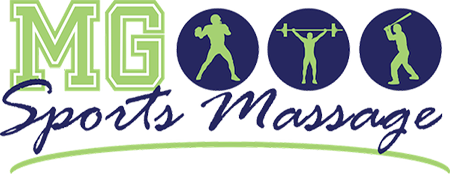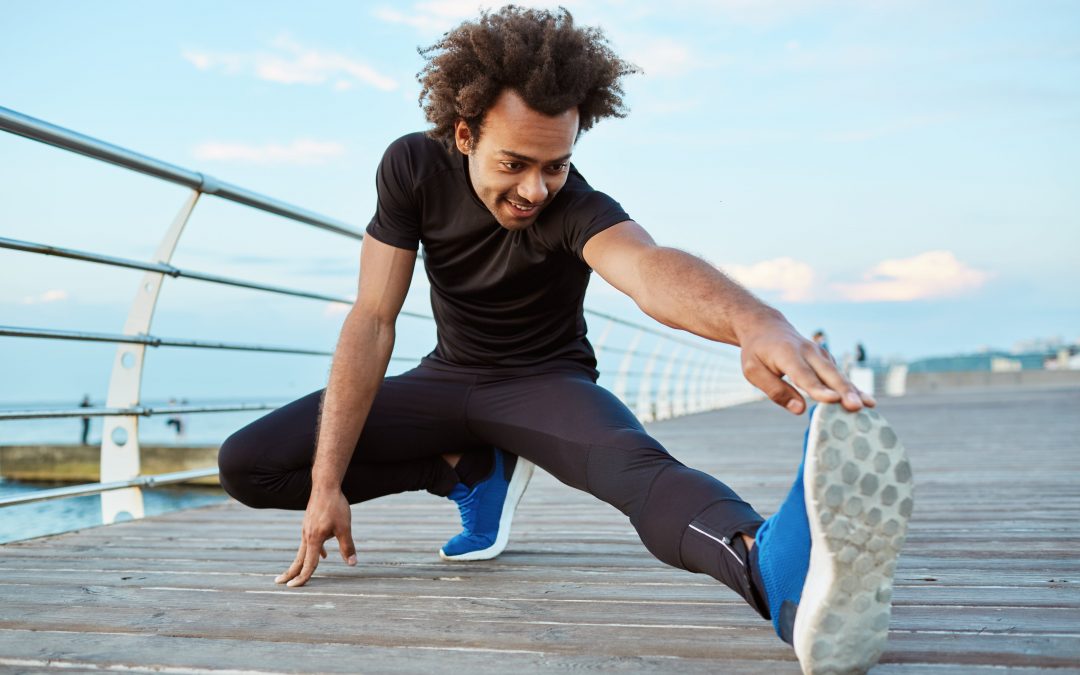Whether you’re a runner, a football player, or just someone who enjoys working out, you’re probably aware of hamstring injuries. They can cause considerable pain and distress for those dealing with it. And of course, when you’re an active person, that can put a damper on your routine. If you’re dealing with a hamstring strain or soreness, massage can be a solution.
What is a Hamstring Strain?
A hamstring strain or a pulled hamstring is a tear in one of the hamstring muscles in the back of your thigh:
- Semitendiosus
- Semimembranosus
- Bicep femoris
Your hamstring starts at the lower part of your pelvic bone and runs down to the back of your shin bone. When you bend your knee, the muscles contract and assist in moving your leg backward.
What Causes Hamstring Injuries?
You typically injure your hamstring in two ways: sprinting or improper stretching. However, it is also possible to damage hamstring muscles from referred pain.
Hamstring injuries from sprinting:
When you sprint, your hamstrings are working particularly hard — specifically right before your foot hits the ground. That’s when they slow down your shin movement and are at the highest risk of tearing. These injuries typically happen further down on the bicep femoris, where the muscle connects to the tendon. When a hamstring strain or tear happens here, it’s quite painful at first but recovers relatively quickly.
Hamstring injuries from improper stretching:
Hamstring injuries that happen when you’re stretching incorrectly usually occur further up the back of the thigh, usually in the semimembranosus muscle. Compared to the strain on the bicep femoris, healing is much more time consuming as the blood supply isn’t as good.
Hamstring injuries from referred pain:
Referred pain is soreness or discomfort sourced from elsewhere on the body (like the hip or lower back) but felt at the back of the leg. This pain can increase the likelihood of hamstring damage.
Treating Hamstring Strains
When you feel that sharp pain in your leg, it’s important to take immediate action. Start with first aid and then move to massage, taping, foam roller exercises, and stretching and strengthening exercises. Total rest is also necessary to rehabilitation — no strenuous exercise activities and as little walking as possible. Throughout your healing process, you should also apply the PRICE method: protection, rest, ice, compression, and elevation. Then, it’s time to add in massage.
Is Massage Good for Pulled Hamstring?
Yes. Once the acute phase of healing is over, sports massage can be of great benefit. It can:
- Flush out excess fluids and swelling from the tissue
- Soften scar tissue
- Relax muscles that have gone into spasm
- Stimulate blood flow to aid in healing.
When you start massage therapy, be sure to communicate your injury with your therapist so they know how to proceed with that area of your body. As the area heals, more pressure can be applied to keep the muscles loose as you continue to train and exercise.
Massage for Hamstring Tightness with MG Sports Massage
If you’re considering massage after a hamstring injury, MG Sports Massage can help! We’ll work with you to provide the best solution for your specific needs and get you back into training and competitive shape! After, we can keep you competing and playing with massage maintenance.
Want to learn more? Contact our team today!

